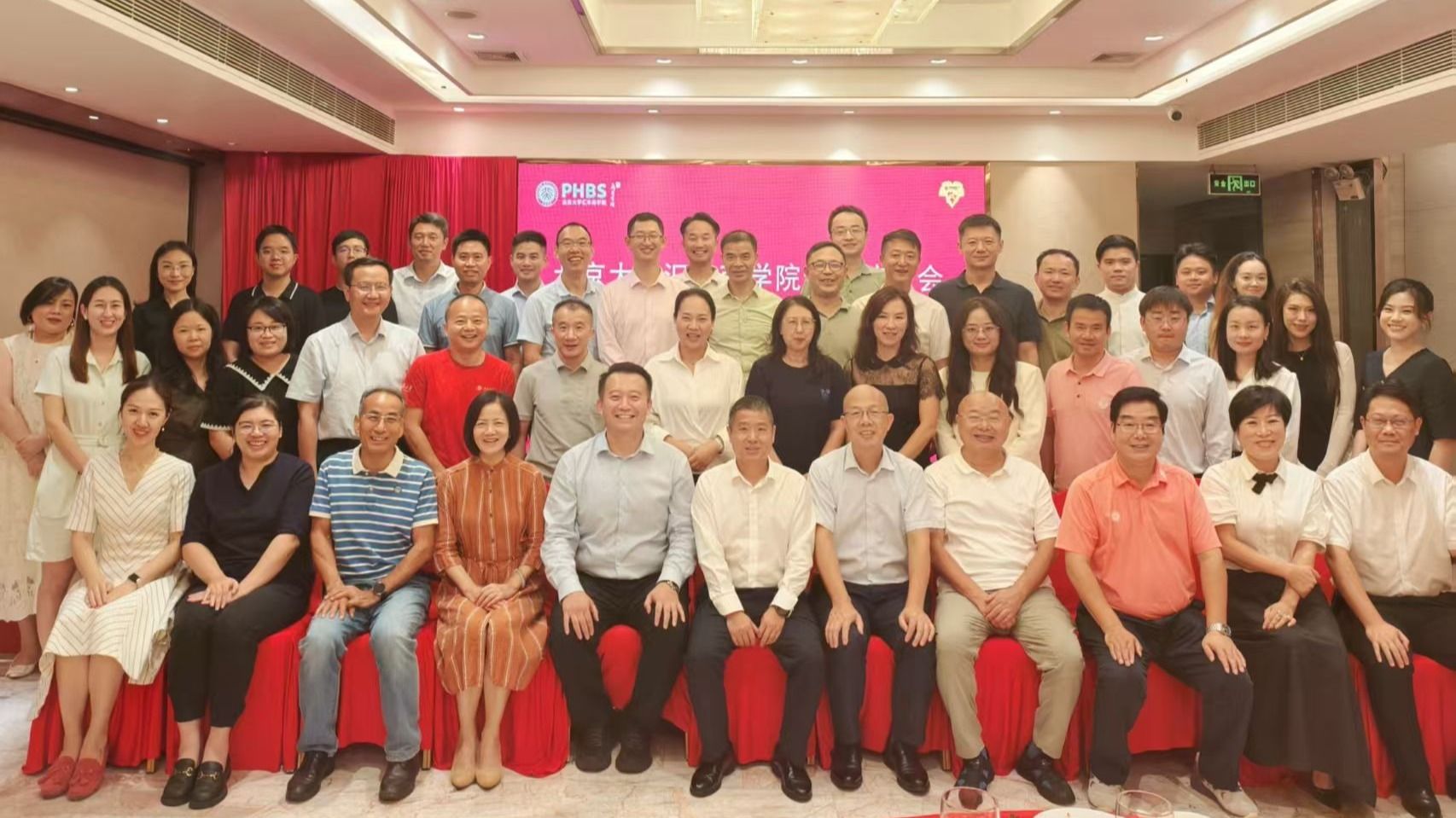PHBS Seminar Series: China's Evolving Monetary Policy Rule: from Inflation-Accommodating to Anti-inflation Policy
2018-06-15 00:00:00
Our newly constructed monthly composite discrete monetary policy index (MPI), which combines price, quantity and administrative instruments, shows a change in style towards smoother but more contractionary policy moves from 2002 onwards. The estimation of a dynamic discrete-choice model à la Monokroussos (2011) implies that, from this point onwards, the conduct of monetary policy has been characterised by implicit inflation targeting. While the PBoC's behaviour up to 2001 was reminiscent of that in the inflation-accommodating G3 economies of the United States, euro area and Japan up to 1979, it has been characterized since 2002 by a policy rule similar to the post-1979 anti-inflation (forward-looking) policy of the G3. An accurate estimation of the monetary policy rule from 2002 needs to consider China as an open economy, as a result of its rapid liberalisation of trade and finance after its WTO accession. As such, the influence of US interest rates has become increasingly significant for Chinese monetary policy.









